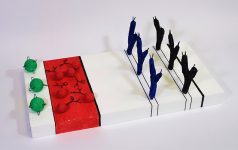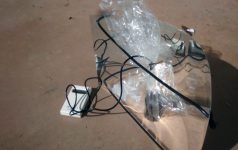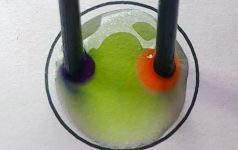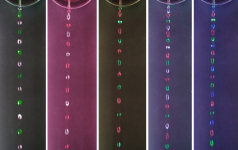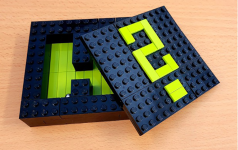Showing 10 results from a total of 322
February 1, 2023 | Issue 61
Fighting fake facts: When a Covid test shows a positive result with cola, does testing make sense? To answer this, one must understand how antigen tests and buffers work.
Ages: 14-16, 16-19; Topics: Biology, Chemistry, Engineering, Health, Science and society
February 1, 2023 | Issue 61
Pocketful of sunshine: build a solar cooker and learn about the thermoelectric effect with Peltier modules.
Ages: 11-14, 14-16; Topics: Engineering, Physics, Science and society
November 2, 2022 | Issue 60
In a spin: use a rotating platform to explore how gravitational acceleration affects a simple pendulum.
Ages: 16-19; Topics: Engineering, General science, Mathematics, Physics
November 2, 2022 | Issue 60
Set the wheels in motion: maximize your creativity by using old bicycle parts to create art installations and demonstrate energy conversions.
Ages: 16-19; Topics: Engineering, General science, Mathematics, Physics, Science and society, STEAM
November 2, 2022 | Issue 60
Seeing science in a new light: build your own stroboscope and use it to create beautiful optical illusions with water!
Ages: 14-16, 16-19; Topics: Engineering, Mathematics, Physics, Coding
November 2, 2022 | Issue 60
Help students develop STEAM skills by building a smart lamp with this creative project that combines physics, programming, and art and design.
Ages: 11-14, 14-16; Topics: Engineering, Physics, Science and society, Sustainability, STEAM, Coding
September 1, 2022 | Issue 59
Thinking outside the box: explore the nature of science by building LEGO mystery boxes and challenging your students to solve the puzzle.
Ages: 14-16, 16-19; Topics: General science, Science and society
September 1, 2022 | Issue 59
Great balls of fire: Try these dramatic experiments with gases to illustrate stoichiometric reactions and combustion.
Ages: 14-16, 16-19; Topics: Chemistry, Physics
September 1, 2022 | Issue 59
Build a simple yet sensitive school seismometer for a hands-on exploration of seismology.
Ages: 14-16, 16-19; Topics: Earth science, Engineering, Physics, Coding






